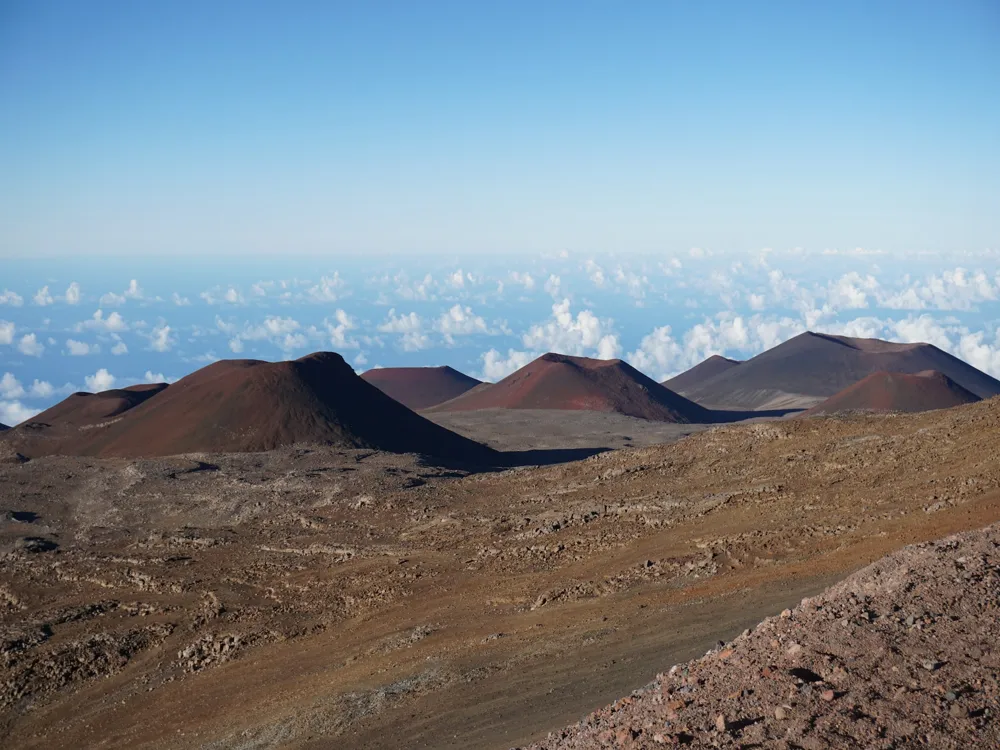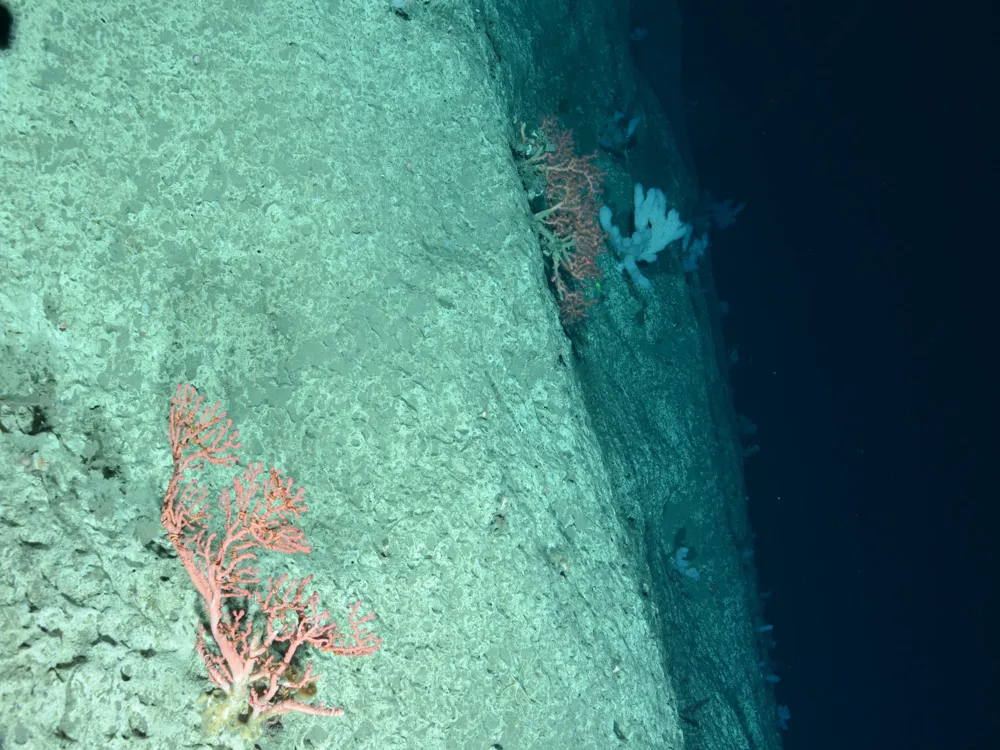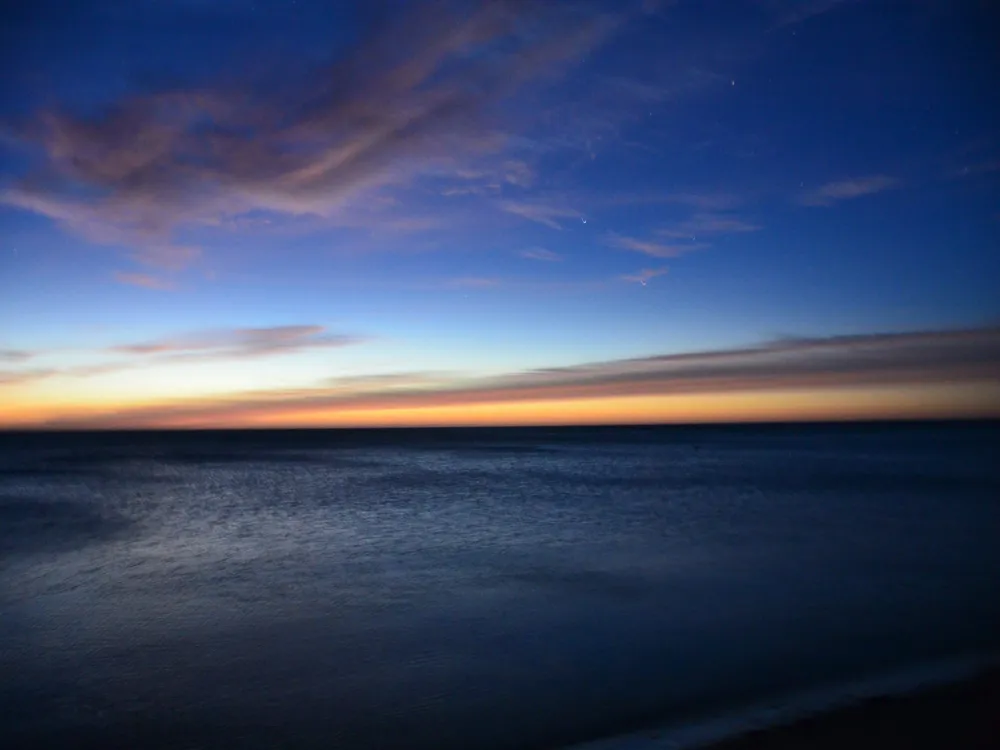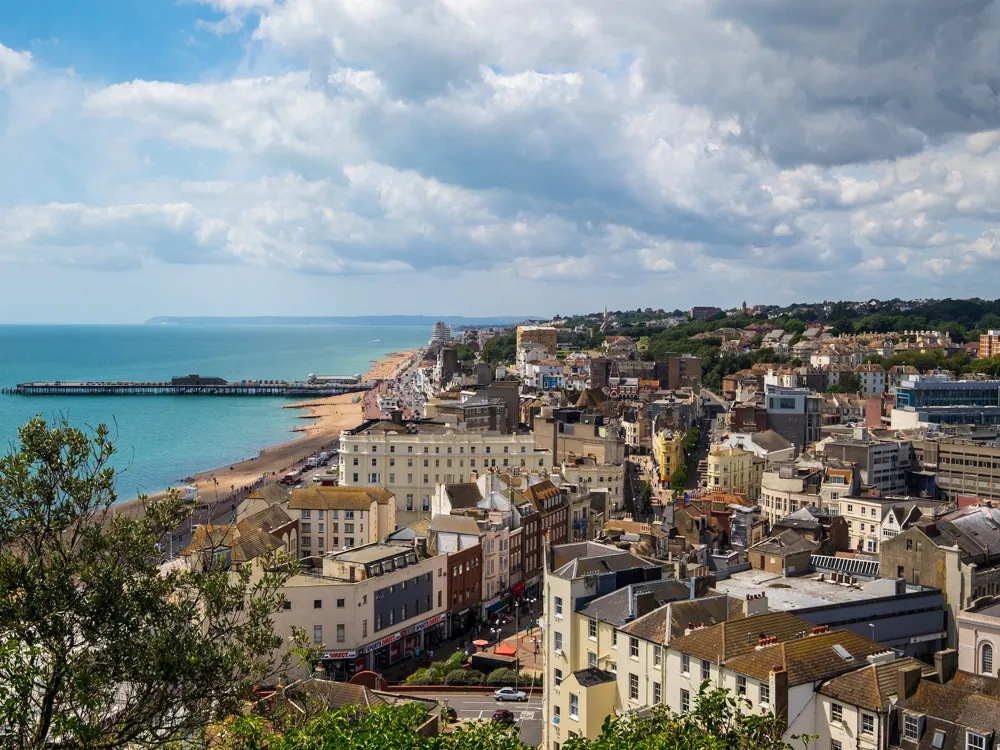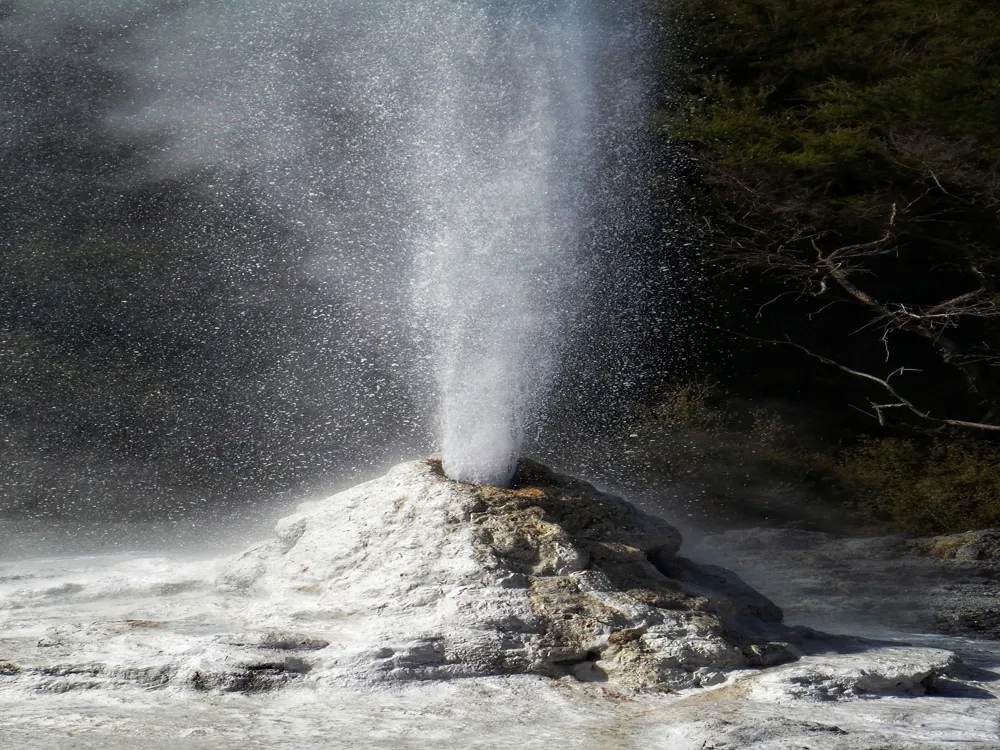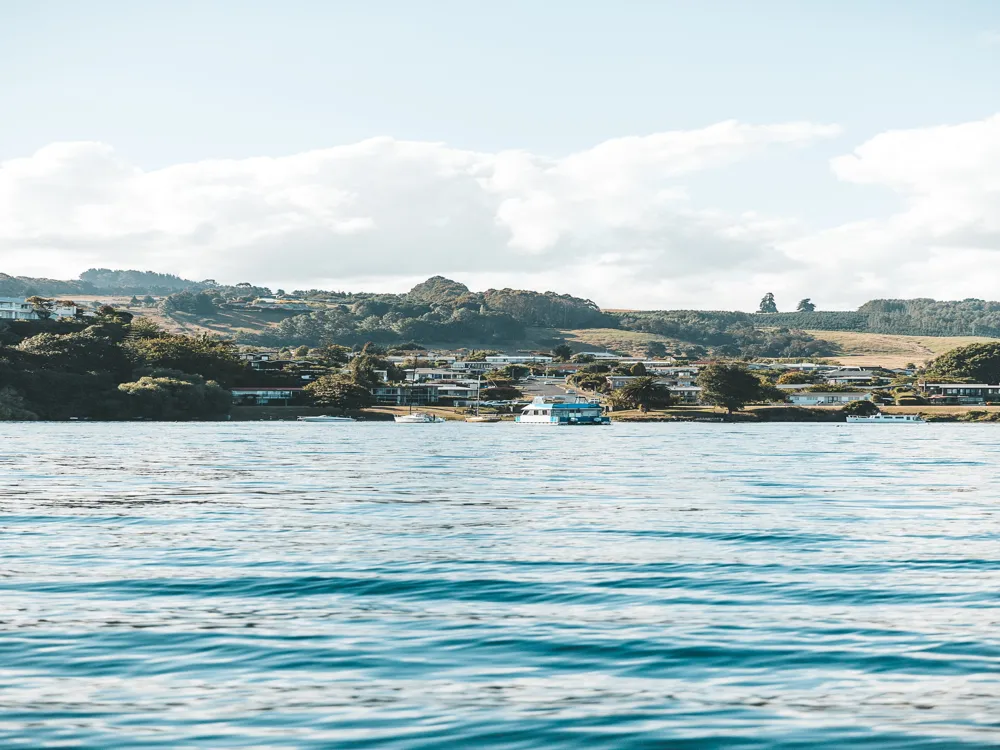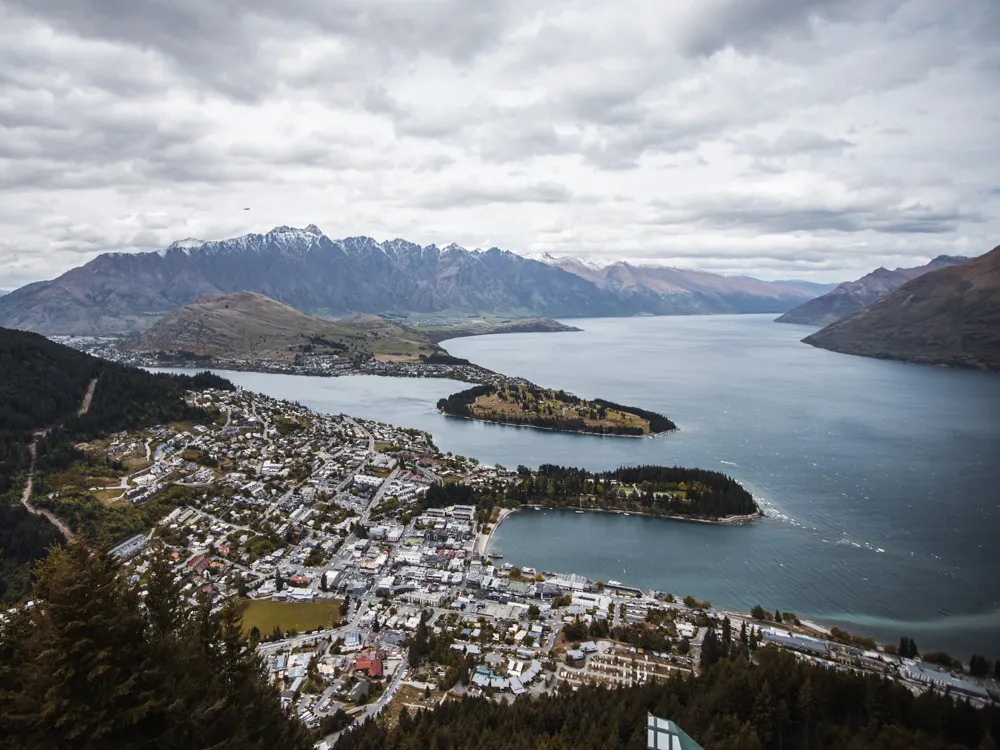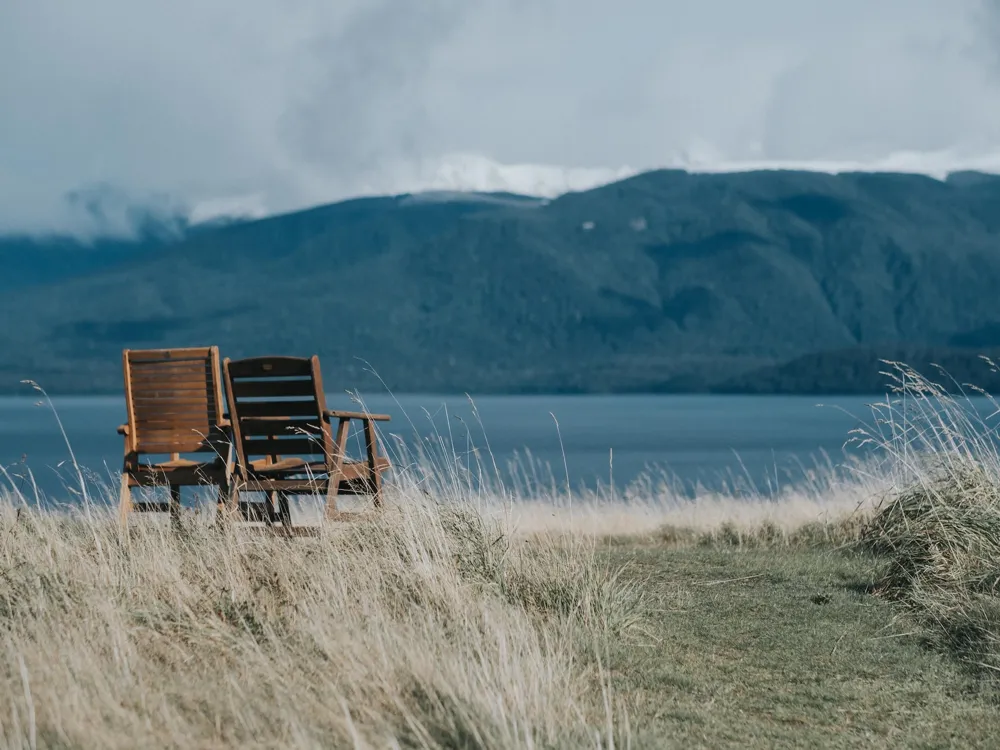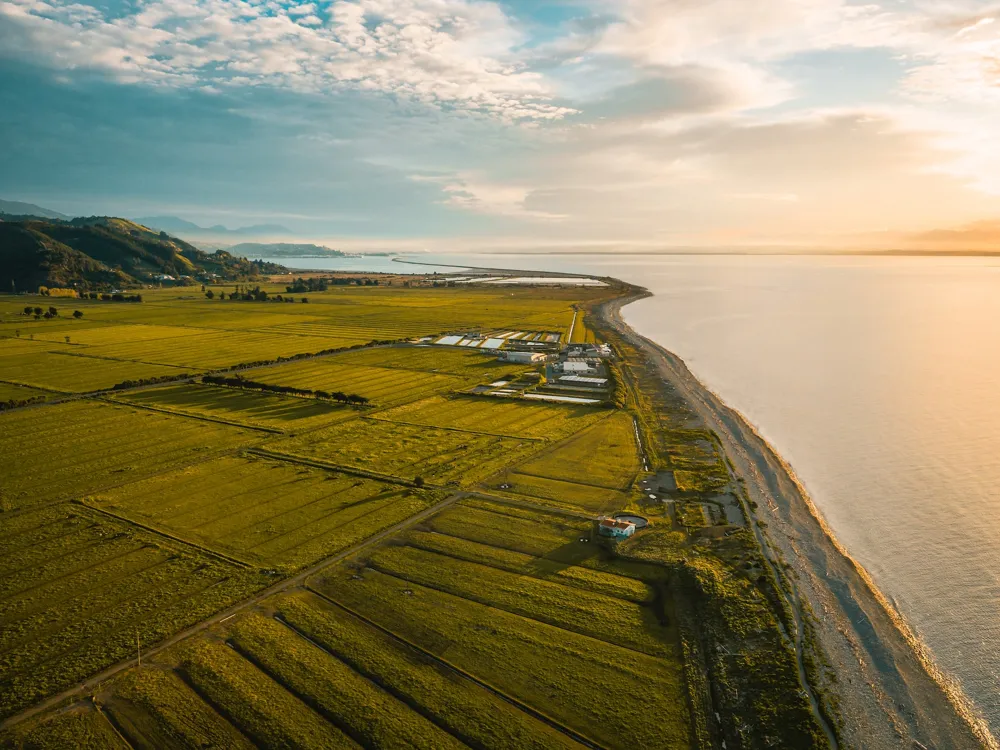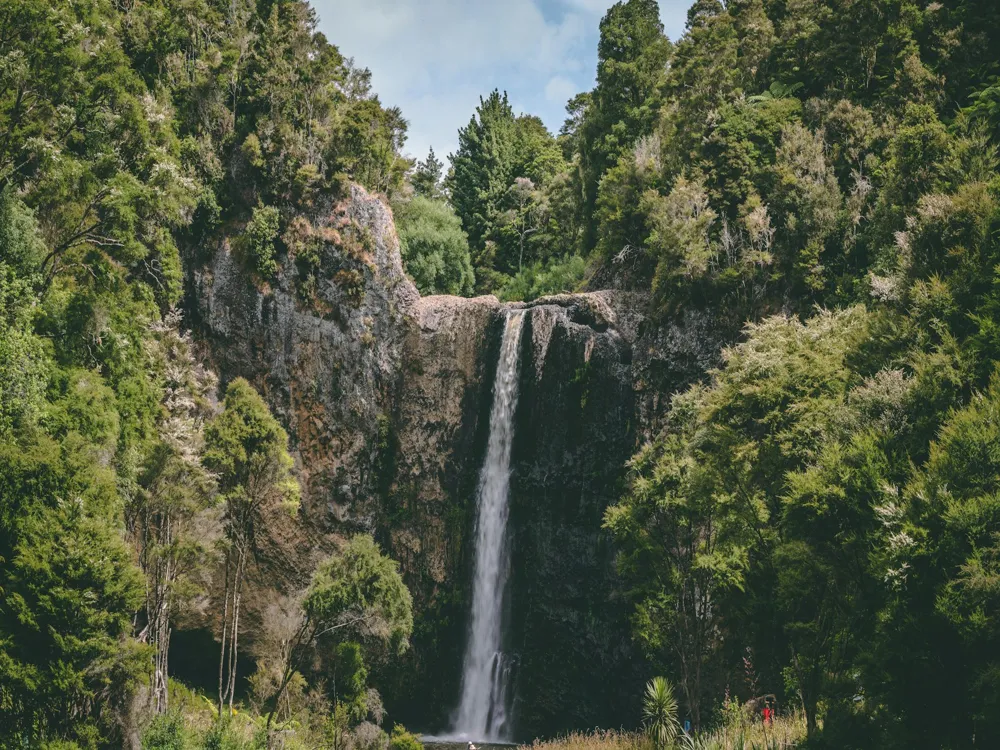Overview of Shine Falls
Nestled in the serene landscape near Napier, Shine Falls stands as a breathtaking testament to nature's artistry. This magnificent waterfall, known as the tallest in the Hawke's Bay region of New Zealand, cascades over a stunning 58-meter cliff, creating a mesmerizing spectacle that captivates visitors year-round. Its pristine surroundings, marked by lush native forests and melodious bird songs, provide a tranquil retreat from the hustle of daily life.
The journey to Shine Falls is as enchanting as the destination itself. The path winds through a verdant canopy of native flora, offering glimpses of the region's diverse wildlife. As visitors approach the falls, the sound of cascading water grows stronger, building anticipation for the awe-inspiring sight. The falls' crystal-clear waters plunge into a serene pool below, creating a natural amphitheater of splendor and serenity. The interplay of light and water often creates rainbows, adding to the ethereal beauty of the site.
The area surrounding Shine Falls has a rich cultural and geological history, deeply intertwined with the Maori heritage of the region. The falls have long been a source of inspiration and reverence, featured in local legends and lore. Geologically, Shine Falls is part of a larger network of limestone formations, sculpted over millennia, bearing testimony to the dynamic natural forces that shaped this landscape.
For those who seek a connection with nature, a visit to Shine Falls offers a unique opportunity to experience the untouched beauty of New Zealand's wilderness. Whether it's the allure of the falls, the diverse flora and fauna, or the tranquility of the forest, Shine Falls presents an unforgettable journey into the heart of nature's wonder.
Architecture of Shine Falls
The architecture of Shine Falls, though a natural formation, exhibits characteristics akin to a masterfully crafted work of art. The geological structure of the falls is predominantly limestone, a sedimentary rock formed from the skeletal fragments of marine organisms. Over millions of years, the limestone cliffs have been sculpted by natural forces into the awe-inspiring structure we see today.
The cliff over which Shine Falls cascades is a splendid example of vertical stratification, a feature characteristic of limestone formations. These layers tell a story of the region's geological past, revealing patterns of sediment deposition and erosion over eons. The waterfall itself is the result of a river cutting through these limestone layers, gradually carving out a deep channel that has led to the formation of the falls.
The amphitheater-like basin into which the waterfall plunges is another marvel of natural architecture. This bowl-shaped cavity, carved out by the relentless force of falling water, creates a natural resonance chamber, amplifying the sound of the waterfall and enhancing its sensory impact. The pool at the base of the falls is a tranquil haven, its clear waters reflecting the surrounding cliffs and forest.
Flanking the falls are various other limestone formations, including stalactites and stalagmites, formed by the dripping of mineral-rich water over centuries. The vegetation clinging to the cliffs adds another layer of beauty, with native ferns and mosses creating a tapestry of green against the grey of the limestone.
The interplay between the geological structure, water, and vegetation at Shine Falls creates a dynamic and ever-changing scene. Seasonal variations in water flow and light conditions constantly alter the appearance and ambiance of the falls, making every visit a unique experience. This ever-evolving natural architecture is a testament to the dynamic processes that continue to shape the Earth's landscape.
Tips When Visiting Shine Falls
Best Time to Visit
The ideal time to visit Shine Falls is during the late spring and early summer months when the water flow is at its peak, creating the most spectacular display. However, visitors should note that this is also the busiest time, so arriving early in the day is recommended to avoid crowds.
What to Bring
Essential items to bring include comfortable walking shoes, a camera, water, snacks, and weather-appropriate clothing. Insect repellent is also advisable due to the natural bush environment.
Safety Considerations
Always stay on the marked trails to protect the natural environment and ensure personal safety. Be mindful of slippery surfaces near the waterfall, especially after rain.
Environmental Awareness
Visitors are encouraged to follow the principles of Leave No Trace, ensuring that they take all their rubbish with them and respect the natural habitat by not disturbing the wildlife or plants.
How To Reach Shine Falls
Shine Falls is accessible via a scenic drive from Napier. The journey takes approximately 1.5 hours, leading through picturesque countryside and past traditional New Zealand farmlands. Upon reaching the Boundary Stream Mainland Island, a well-marked car park serves as the starting point for the walk to the falls. The trail to Shine Falls is about a 1.5-hour return hike, suitable for most ages and fitness levels. The path is well maintained, offering an enjoyable walk through native bush, with several viewpoints along the way to admire the surrounding landscape.
For those without personal transport, several tour operators in Napier offer guided trips to Shine Falls, which often include additional insights into the local flora, fauna, and history. These tours can provide a more in-depth experience for those interested in learning about the area's natural and cultural heritage.
Read More:












